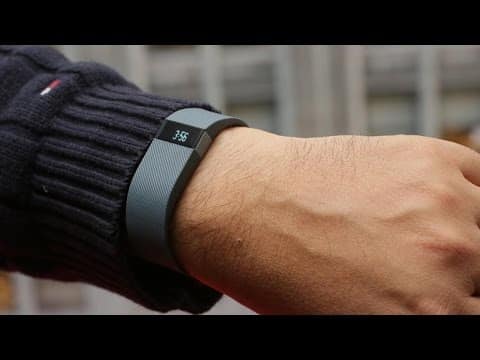The IoT (short for Internet of Things) has arrived and is quickly spreading out over numerous aspects of society. Our “things” are being connected in ways few could have foreseen five or ten years ago, facilitating new levels of convenience and efficiency in numerous aspects of life.
In some cases, the changes brought about by the ever-expanding IoT don’t relate to the average person on a daily basis. For instance, major companies are using IoT systems to improve conditions and practices in manufacturing and things like that. Those are big changes, but not ones that will affect consumers directly. However, dozens of other mainstream IoT applications are more visible and useful in everyday life. And as with most major advances in technology, that means the coming of a new wave of gadgets—in this case, those that make it easier to tap into the IoT.
Here are five such gadgets to prepare to learn to interact with, if you haven’t already.
Better Fitness Trackers
Wearable fitness trackers have been around for a few years now, and some might not readily associate them with the IoT. However, these wristbands were actually among the first consumer-friendly IoT devices to hit the market. When a device is automatically tracking information about your habits and activities and sending that information to an app or program for analysis, “things” are working together for your benefit. The exciting thing about these devices is that they’re always getting better. Just recently, this write-up took a fresh look at the top competitors in the market, and in comparing them to fitness trackers one or two years ago, the improvement is clear. We’re still in the pretty early days of this technology, and as the IoT expands and tech developers hone in on popular applications, fitness trackers are only going to get better (and more essential).
Health Implants
When we hear the term “fitness tracker,” we think of wristbands meant to measure how well we sleep, how far we run, and the like. But a new kind of fitness tracker has emerged within the IoT, and its implications are more serious. Specifically, the IoT is allowing for small devices to be implanted into human bodies for the purpose of monitoring various aspects of health. This list has some extraordinary ideas for how this technology might evolve in the near future, but even now we’re seeing doctors beginning to explore the use of implants to automatically report information about things like blood sugar levels or heart palpitations for those with certain health risks.
Location Monitoring Devices
GPS has a lot to do with some of the most exciting IoT applications, and this article reveals some pretty incredible ones related to the monitoring of peoples’ locations in everyday life. That may sound a little bit like surveillance, but the post explains that we can now use precise GPS connected to the IoT to automatically keep track of at-risk populations (the elderly and young children). These technologies can be used to track all movements, or simply to alert the interested party when someone wanders beyond a given area. It could completely change the ways in which we care for the elderly, in addition to how and where parents let their children play.
Universal Remotes
Universal remotes have been around for a very long time. They predate smartphones (which can now be programmed to take over most universal remote practices) by many years, and in ways they’re almost archaic novelty items for the home. However, as explained in detail here, universal remotes have new life just around the corner, and it’s entirely thanks to the expansion of the IoT in home environments. One of the most practical aspects of the IoT is the rise of “smart home” technologies, which will control not just big things like security systems and thermostats, but also light bulbs, fans, speakers, etc. Pretty much every aspect of the home will soon be connected to the Internet. While the point of that is for them all to work with each other and address your needs automatically, control will still be required. Enter the new age of universal remotes.
Beacons
Finally, there’s beacon technology. It isn’t something that necessarily relates to consumers in an ordinary way, but it can be used proactively in day-to-day life. Beacons are small sensors that retail chains are stocking their stores with, and the point is that they can reach out to customers via WiFi or Bluetooth to assist in the shopping experience. Really, you won’t have to do anything as beacons are used in more stores; you’ll just have to get used to the idea of automated assistance that you can choose to use or ignore when you enter a store. If they work as well as they’re supposed to, you’ll be able to enjoy an improved shopping experience.
In all likelihood, the list of relevant IoT gadgets will expand significantly in the coming years. Projections for IoT growth in the coming decade are off-the-charts, and accordingly there are going to be lots of new devices for us to use. But even in these relatively early days of the IoT, these are some of the pieces of tech we may as well begin getting familiar with.

